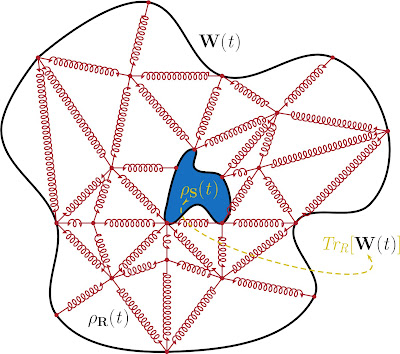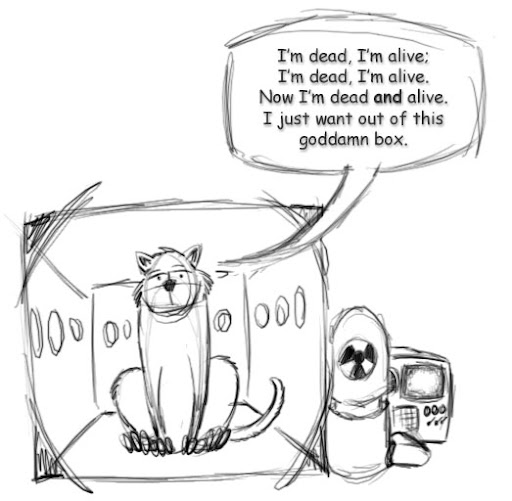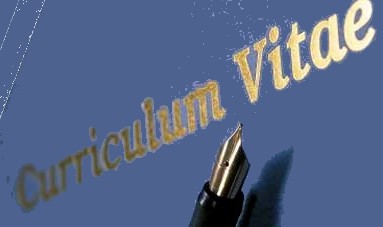
The statistical properties of a single mode light field are described by the Wigner function W, which is a quasiprobability distribution in phase space that brings out directly the properties of a quantum state. In particular, it can take on negative values, the central concept of interference of probability amplitudes reflects itself in these negative parts.
Schrödinger's Cat State Wigner Function
I present the dynamics of the coupled two level-cavity systems in a dissipative environment. The Master Equation was integrated using a numerical strategy that allows us to consider initial states like Squeezed and Schrödinger’s Cat States. The characterization of the dynamics is done by using the Wigner function.
Evolution of the Squeezed State Wigner Function
L. G. Lutterbach and L. Davidovich, Phys. Rev. Lett., 78, 2547(1997); G. Nogues, A. Rauschenbeutel, et. al., Phys. Rev. A, 62, 054101(2000); A. Bertet, A. Auffeves, et. al., Phys. Rev. Lett., 89, 200402(2002).
 L-R: H. Sakaki, Klaus von Klitzing, J.P. Restrepo
L-R: H. Sakaki, Klaus von Klitzing, J.P. Restrepo







